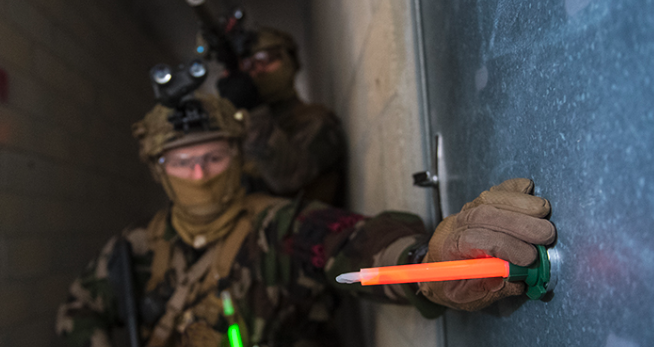Discover the versatile application of chemical lights for marking equipment and buildings. In various industries, from construction to military operations, effective marking and identification are critical for safety, organization, and operational efficiency. Chemical lights, also known as light sticks or glow sticks, are invaluable tools in achieving these objectives. Join us as we delve into the myriad benefits and practical uses of chemical lights for marking equipment and buildings.


Why use chemical lights for marking equipment and buildings?
Chemical lights are ideal for marking equipment and buildings in the army due to several key factors:
- Reliability: In military operations, reliability is crucial. Chemical lights offer consistent illumination, ensuring clear markings even in challenging conditions such as low visibility, adverse weather, or tactical environments.
- Versatility: They can be easily adapted for various marking purposes, including identifying equipment, outlining structures, marking routes, or indicating hazard areas, providing flexible solutions to meet diverse operational needs.
- Portability: Chemical lights are lightweight and compact, making them easy to carry and deploy in the field without requiring additional power sources or infrastructure. This portability is essential for rapid deployment and tactical mobility in military operations.
- Stealth: In certain military scenarios, maintaining a low profile is essential. Chemical lights emit a subdued glow that provides sufficient visibility for marking while minimizing the risk of detection by adversaries, making them ideal for stealth operations.
- Long-lasting: With a prolonged shelf life when properly stored, chemical lights remain functional and ready for use over extended periods, reducing the logistical burden of frequent replacements and ensuring operational readiness in the field.
- Safety: Chemical lights are non-toxic, non-flammable, and do not produce heat or sparks, minimizing the risk of accidents or injuries during use. This safety aspect is critical for personnel operating in hazardous or sensitive environments, ensuring mission success while prioritizing the well-being of troops.




